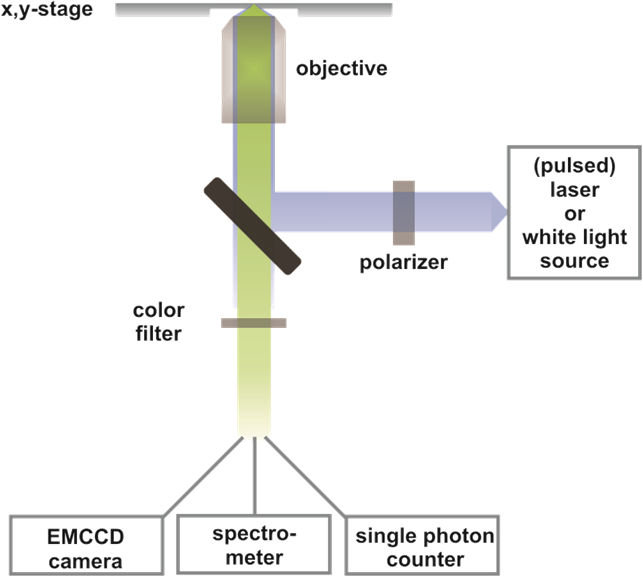Motivation
The functionalization and manipulation of living cells is strongly relying on methods allowing the delivery of functionalized material into these compartments. These structures often exhibit physical properties, which permit the delivery to the tissue to target biological processes.
So far, cellular uptake is limited to a small amount of structures that are both soluble in the hydrophilic extracellular space and capable to pass the hydrophobic cell membranes by passive diffusion or other mechanisms. Biological membranes create a hydrophobic barrier between the cytoplasm and the hydrophilic extracellular space. Oligomers with basic side chains, such as so-called Trojan peptides, have been shown to be efficient transporters for transduction of cargo through cell membranes.
Active transport of cargo works simultaneously by a variety of mechanisms with some preferences for one or the other way of action dependent on the structure of the transporter. Furthermore, there have been recent observations that the type of cargo can modulate the conformation and subsequently the uptake by preferred mechanism. From the proposed research program, we expect novel insights into the control of the uptake mechanisms of molecular transporters coupled to nanostructured material.
Synthetic Strategy and Diversity
The transporters within this project are peptoidic structures. Peptoids (oligo-N-substituted glycines) are a kind of peptidomimetics, which result after a formal shift of the peptide side chains from the α-carbon atom to the adjacent nitrogen atom. Because of this structural change, peptoids are more stable against enzymatic degradation, and therefore more suitable for biological applications.
Peptoids were synthesized following the Fmoc strategy on solid phase (scheme 1). Several new peptoid-carrier-systems with varying chains and side chain lenghts were prepared using solid phase synthesis. The peptoids were tested for their cell penetrating ability and toxicity in different mammalian cell lines.

Scheme 1 Solid phase synthesis of peptoids. [1,2]
To achieve interesting and important applications, several cargos were bioconjugated to the carrier-systems. These new carriers enhance the bioavailibility of the attached compounds, such as drugs or fluorescent dyes (figure 1). The uptake rate was 100% in all cases. No acute toxicity of the transporters could be detected.

Figure 1 Peptoids with different fluorescent labels in aqueous solution.
Visions and Future Plans
The vision of this project, which is part of the CFN subproject E 1.1 is to utilize the novel physicochemical properties of molecular transporters for cell biological applications.
- Design, synthesis and evaluation of novel molecular transporters for nanoparticles.
- Elucidation and understanding the internalization of nanoparticles conjugated to molecular transporters through the plasma membrane of living cells.
- Utilizing nanomaterials with novel optical properties for new cell biological applications.
- Manipulation of nanoparticles in living cells through physical fields (electric, magnetic) to test the biological consequences of intracellular dynamics.
- Single molecule tracking with high performance dyes for spectroscopy.
References
[1] M. Bradley et al., Tetrahedron Lett. 2006, 47, 1011-1014.
[2] M. Bradley et al., Chem. Comm. 2003, 2312-2313.
Zusätzliche Informationen zu diesem Projekt finden Sie auf der Website des CFN (Center for Functional Nanostructures)

